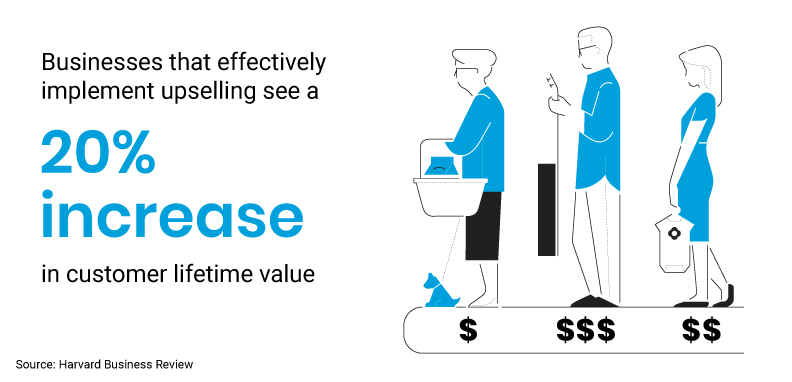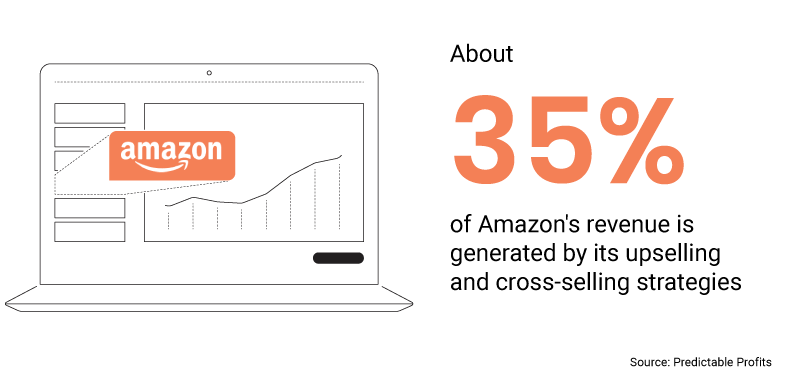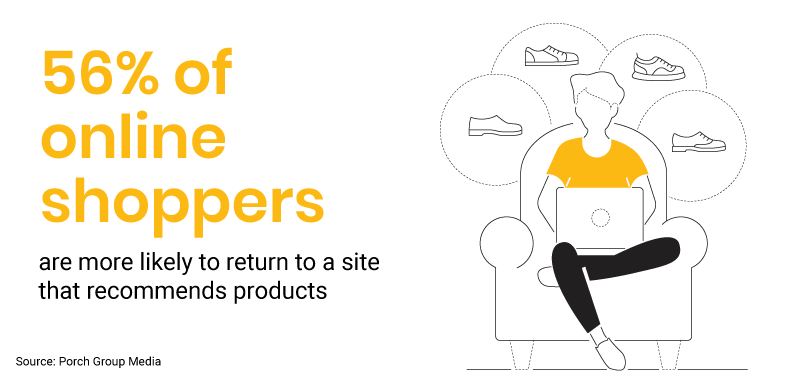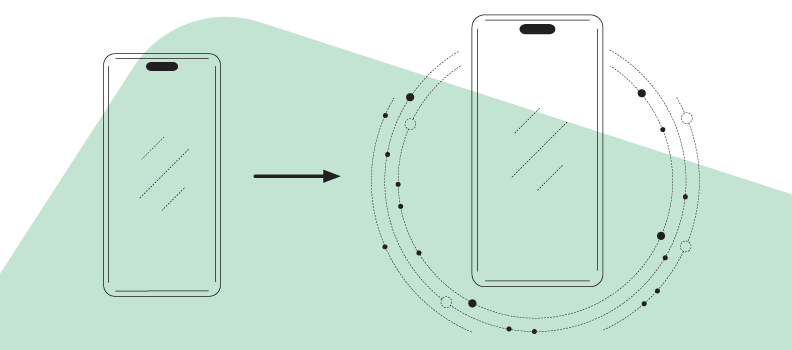Upselling is a strategic technique employed by businesses to encourage customers to purchase a more expensive or upgraded version of a product or service.
The goal of upselling is not only to boost revenue but also to enhance customer satisfaction by offering additional features or benefits that align with the customer’s needs and preferences.
Effective upselling relies on a deep understanding of the customer’s requirements. It also requires a salesperson to have an ability to articulate how the premium offering addresses those needs more comprehensively.
Upselling plays a crucial role in the success of businesses by contributing to increased revenue and fostering customer loyalty.
Beyond financial gain, upselling can help companies build stronger relationships with their customers by demonstrating a commitment to meeting their evolving needs.
When done effectively, upselling not only boosts the average transaction value but also enhances the overall customer experience by offering upgraded or premium options that align with the customer’s preferences. Moreover, it allows businesses to showcase the full range of their product or service offerings, ensuring that customers are aware of all available features and benefits.
Below you’ll find 19 interesting upselling statistics.
19 Must-Know Upselling Statistics
Upselling Statistics & Revenue
- According to Accenture, upselling can lead to a revenue increase of 10-30% on average.
- Businesses that effectively implement upselling see a 20% increase in customer lifetime value according to the Harvard Business Review.

- A study by Forrester Research found that upselling and cross-selling are responsible for 10-30% of e-commerce revenues.
- Companies with successful upselling strategies can experience a 75% increase in customer retention rates according to Gartner.
- Upselling to existing customers is 68% more cost-effective than acquiring new customers says Invesp.
E-commerce Upselling Statistics
- Product recommendations through upselling contribute to 10-30% of average e-commerce site revenues according to VWO.
- About 35% of Amazon’s revenue is generated by its upselling and cross-selling strategies according to Predictable Profits.

- Forrester and Gartner’s study showed that personalized product recommendations can increase revenue by up to 300%, conversion rate by 150%.
- According to Now Dialogue, e-commerce sites that implement upselling techniques see an average order value increase of 10-30%.
- Visenze states that product recommendations based on customer behavior can boost conversion rates by up to 300%.
Customer Behavior and Preferences Upselling Statistics
- According to EDUme, 49% of customers have made additional purchases based on personalized product recommendations.
- Coniq shares that 91% of customers are more likely to shop with brands that provide relevant offers and recommendations.
- According to Epsilon, 73% of consumers prefer personalized shopping experiences.
- Help Scout shares that 68% of customers feel more positive about a brand when they receive personalized content and offers.
- Porch Group Media shares that 56% of online shoppers are more likely to return to a site that recommends products.

- Visenze shares that Personalized recommendations lead to a 26% increase in add-to-cart rates.
Upselling Statistics and Sales Team Effectiveness
- The Miller Heiman Group states that sales teams that prioritize upselling and cross-selling activities achieve 50% higher quota attainment.
- According to Hubspot, 55% of sales professionals believe upselling and cross-selling represent their biggest opportunity for growth.
- VWO shares that companies with a well-defined upselling strategy see up to a 20% increase in customer satisfaction.
Final Thoughts
Upselling stands as a cornerstone in the realm of successful business strategies. As evidenced by a plethora of statistics, from increased revenue and elevated customer satisfaction to strengthened customer loyalty, upselling is a powerful tool that businesses can leverage to thrive in today’s competitive landscape.
By understanding customer behavior, preferences, and leveraging personalized recommendations, businesses can unlock substantial growth, simultaneously boosting their bottom line and creating a positive feedback loop that transforms one-time buyers into loyal advocates.






